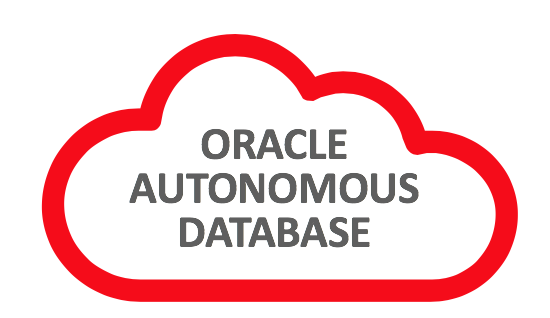A CDB in Oracle Cloud could host both ATP and ADW (pluggable) databases (see here). Let’s look at the initialization parameter differences at the PDB level for ATP and ADW.
ATP has a minimum number of parameters configured, whereas ADW has several initialization parameters. Though my ATP and ADW databases are both 1
| Init Parameter | ATP | ADW |
| pga_aggregate_target | 3000M | 5100M |
| pga_aggregate_limit | 6000M | 10200M |
| sga_target | 8000M | 3400M |
All the parameters set in the ATP database are set in the ADW database as well. ADW has a lot more, though. Here are the parameters from ADW. The first column shows if the parameter is set in ATP or not.
| ATP? | PARAMETER NAME | DISPLAY VALUE | DEFAULT VALUE |
| _cell_offload_vector_groupby | FALSE | TRUE | |
| _cloud_service_type | DWCS | NULL | |
| _datapump_inherit_svcname | TRUE | FALSE | |
| _default_pct_free | 1 | 0 | |
| _enable_parallel_dml | TRUE | FALSE | |
| YES | _kd_rows_chk | FALSE | TRUE |
| _ldr_io_size | 33554432 | 262144 | |
| _ldr_io_size2 | 33554432 | 1048576 | |
| _max_io_size | 33554432 | 1048576 | |
| _optimizer_answering_ query_using_stats | TRUE | FALSE | |
| _optimizer_gather_stats_on_ load_all | TRUE | FALSE | |
| _optimizer_gather_stats_on_ load_hist | TRUE | FALSE | |
| _parallel_cluster_cache_ policy | ADAPTIVE | ADAPTIVE | |
| _pdb_inherit_cfd | TRUE | FALSE | |
| _pdb_lockdown_ddl_clauses | 131066 | 0 | |
| _pdb_max_audit_size | 200M | 0 | |
| _pdb_max_diag_size | 100M | 0 | |
| _px_xtgranule_size | 128000 | 10000 | |
| YES | cpu_count | 1 | 0 |
| YES | db_lost_write_protect | TYPICAL | NONE |
| max_idle_blocker_time | 5 | 0 | |
| YES | nls_language | AMERICAN | AMERICAN |
| YES | nls_territory | AMERICA | AMERICA |
| YES | ofs_threads | 40 | 4 |
| parallel_degree_policy | AUTO | MANUAL | |
| YES | parallel_max_servers | 12 | 4294967295 |
| parallel_min_degree | CPU | 1 | |
| YES | parallel_servers_target | 12 | 0 |
| YES | pga_aggregate_limit | 10200M | 0 |
| YES | pga_aggregate_target | 5100M | 0 |
| YES | plscope_settings | identifiers:all | IDENTIFIERS:NONE |
| YES | plsql_optimize_level | 2 | 2 |
| resource_manager_plan | FORCE:DWCS_PLAN | NULL | |
| result_cache_max_result | 1 | 5 | |
| YES | result_cache_max_size | 10M | 1 |
| result_cache_mode | FORCE | MANUAL | |
| YES | sessions | 100 | 4294967295 |
| YES | sga_target | 3400M | 0 |
Out of the 39 parameters set in ADW, half
The ATP and ADW have two different resource management plans. ADW plan name is DWCS_PLAN and ATP plan name is OLTP_PLAN. The (default) tablespaces are same for ATP and ADW.


